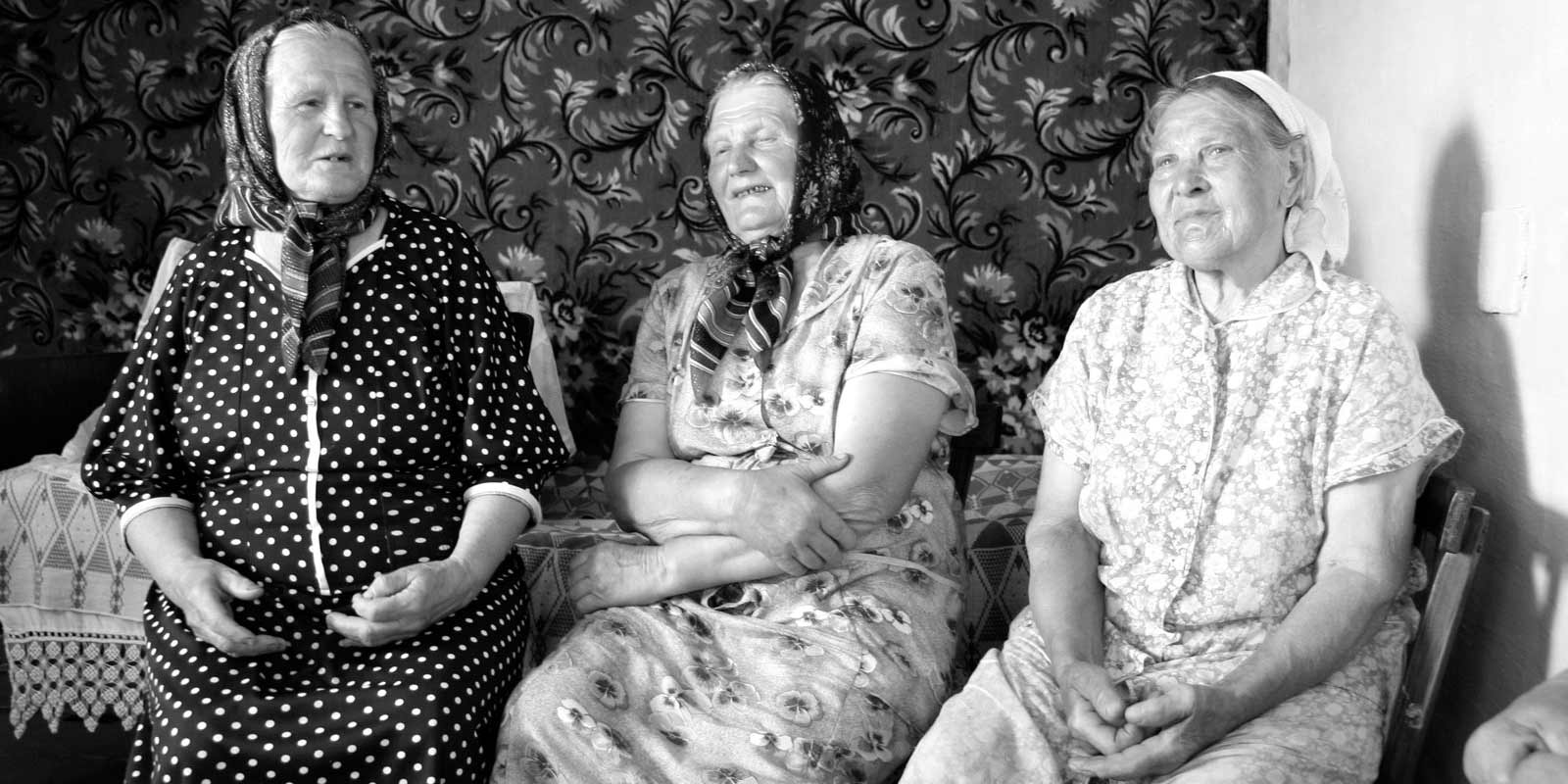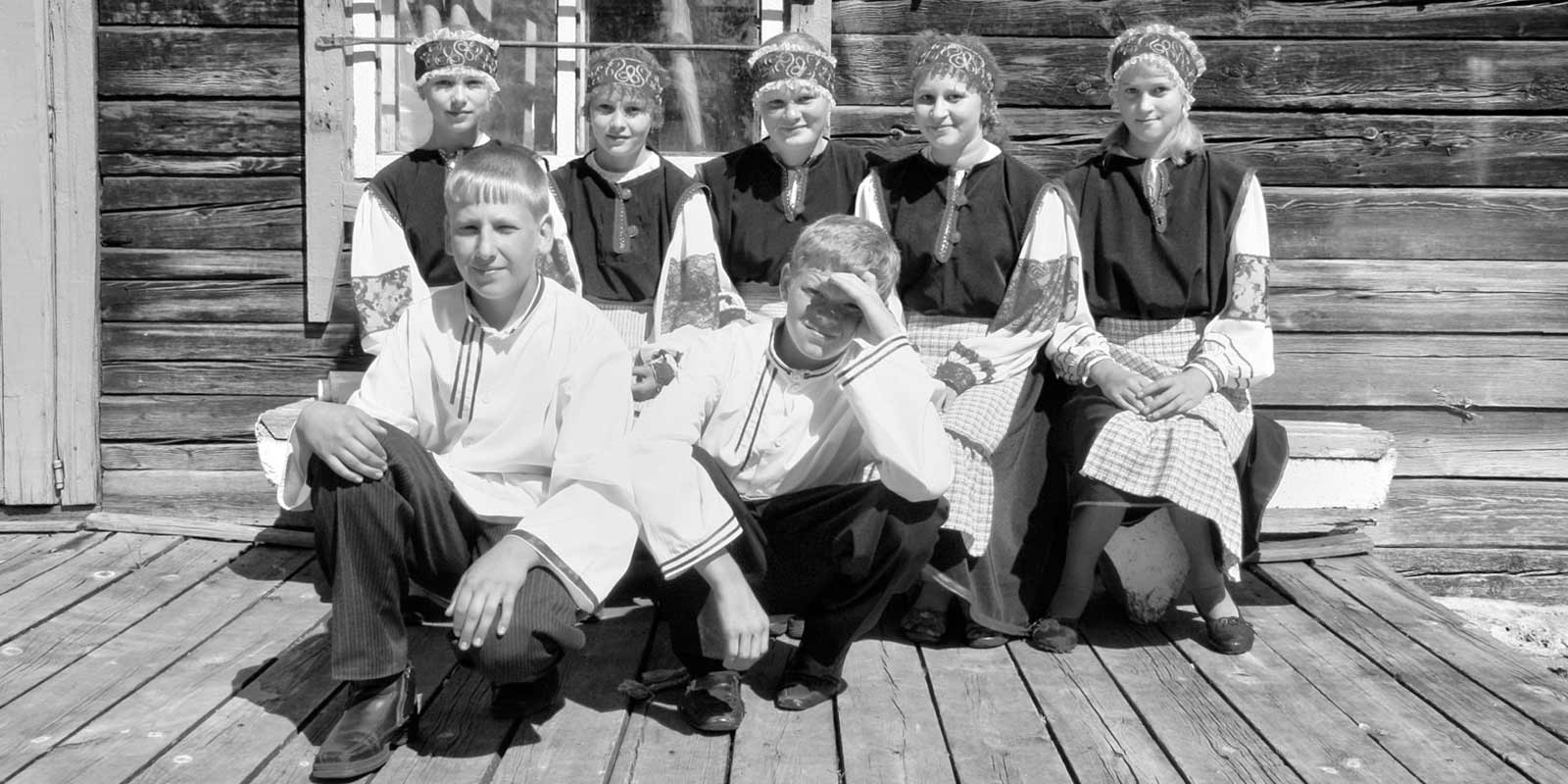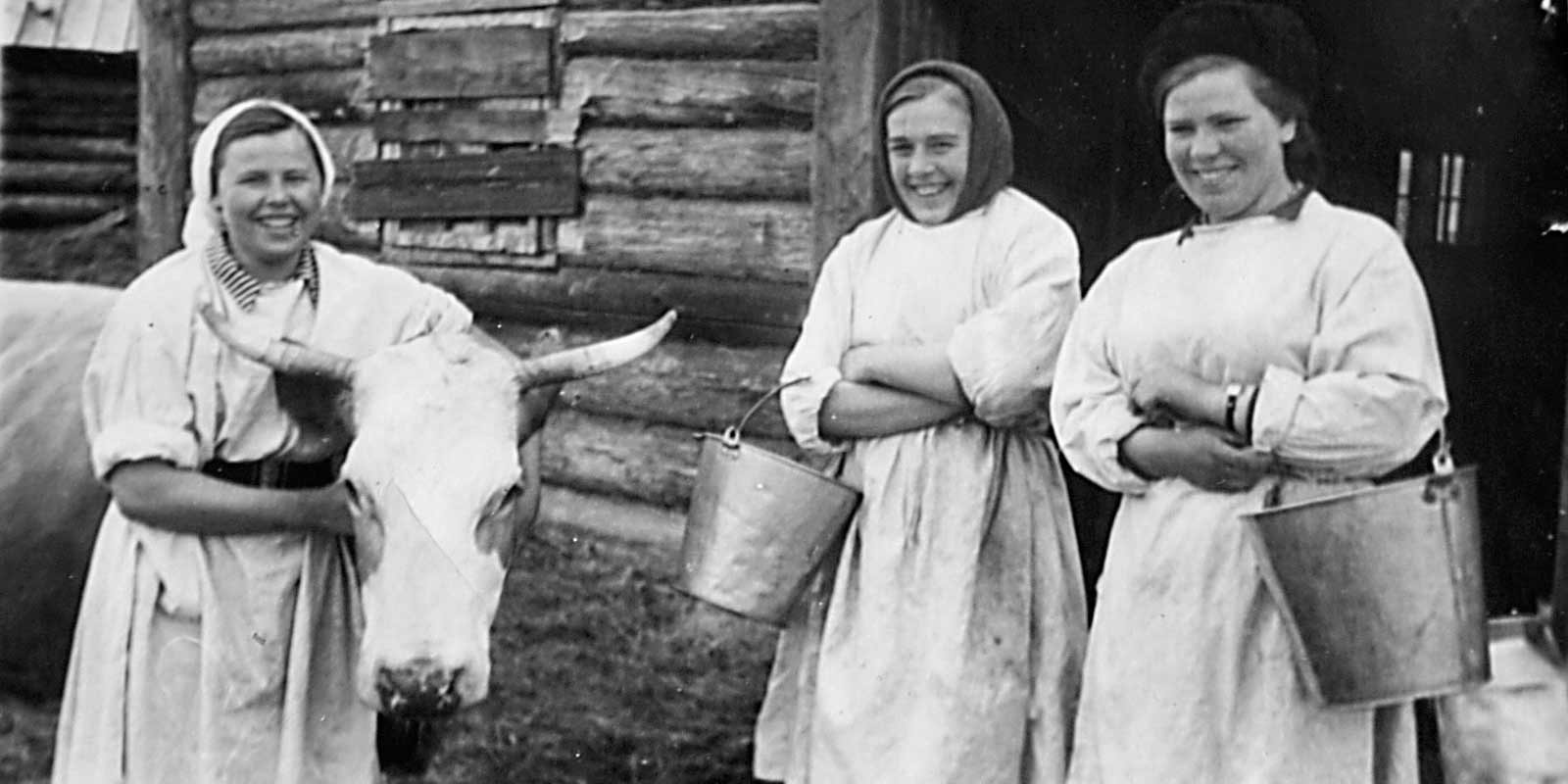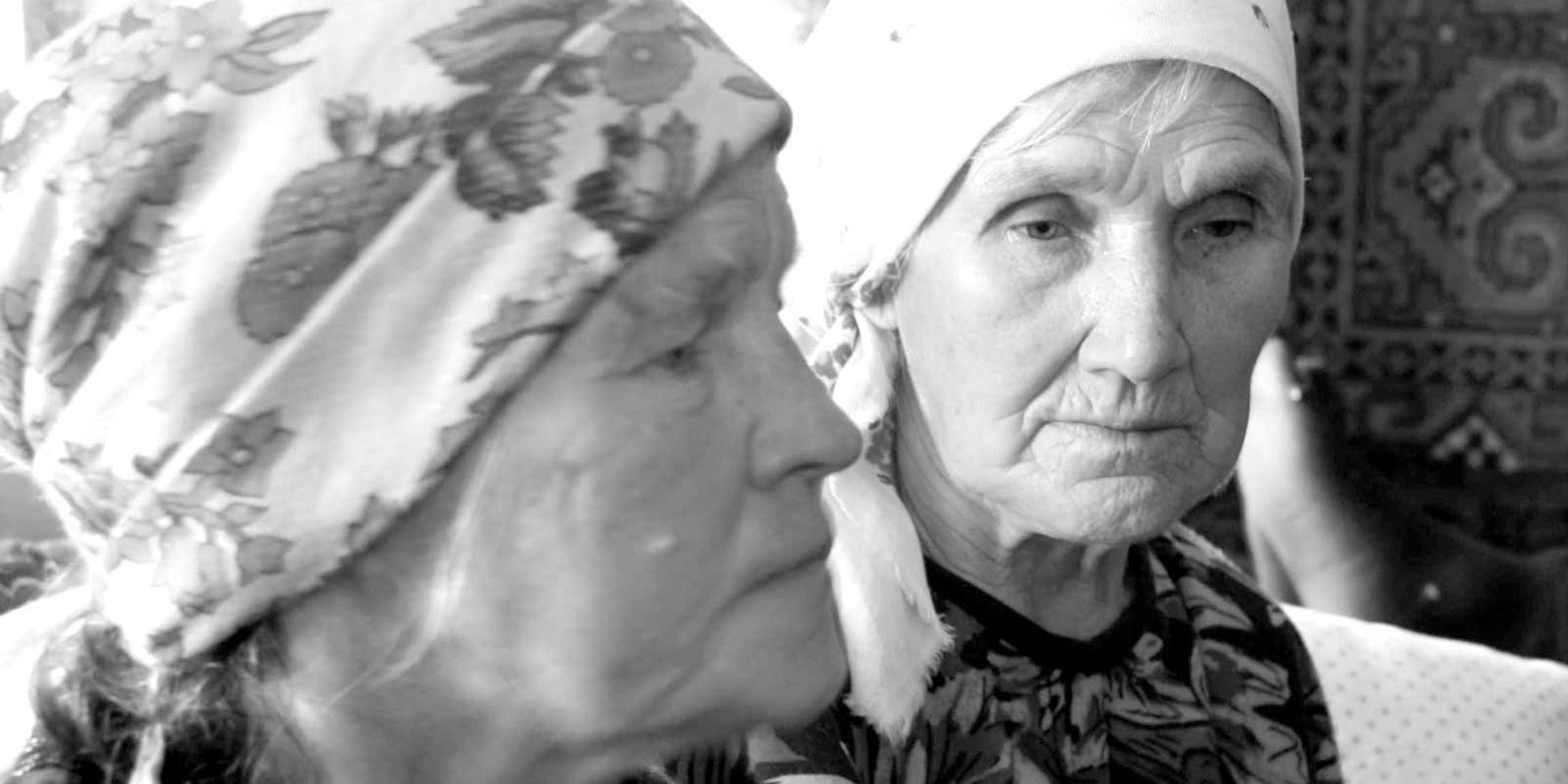History of Settlement and the Villages, Sources of Livelihood
In the minds of many, Siberia is associated with freezing temperatures, darkness, and prison chains. But Siberia once also used to be the land of hopes and dreams. In the final decades of the 19th and at the beginning of the 20th century, there was a mass migration of people from the Estonian and Livonian governorates to the sparsely inhabited areas in Siberia. The migration was greatly supported by the completion of the Trans-Siberian Railway. Siberia’s colonization was adopted as a national programme and was rather effectively prepared. New settlers were allocated land, they were granted exemption from government taxes, and in addition they received financial benefits and support for constructing churches, mills, wells and roads.
Setos, an ethnic subgroup of Estonians who have historically been part of the Russian sphere of influence and the Orthodox Church, migrated to the sparsely settled areas in Siberia from the overpopulated Seto region in Estonia. Because of the characteristic model of land tenure in Setomaa, where agricultural land was collectively owned by the village community and after certain periods of time was reallocated according to the number of people listed in the local church register, land cultivation and herding yielded little profit in this area.
The Setos settled in the area between the Kan and Mana rivers of the Yenisei Governorate (present-day Krasnoyarsk Krai) in East Siberia, on the foothills of the Sayan Mountains. Their new settlement area was several times the size of Setomaa. Households settled in isolated farms and the immigrants were not allowed to resettle without the government’s permission. Over time, the Seto villages and individual farms in Siberia developed into four major settlement groups: Haidak, Krestyansk, Novaya Pechora and ‘those living beyond the Mana’.
The Setos’ settlement area in Siberia was situated in the forest steppe, partly also in taiga, of the Central Chernozem Region. The soil is fertile there but the boreal region was not particularly favourable to agricultural activities. Next to land cultivation and cattle herding, the Setos found apiculture, fishing, hunting, rafting, working in gold mines or cargo transport on the Trans-Siberian Railway as additional sources of subsistence.
The new settlers could not enjoy the peaceful life on their land for very long. Men were mobilized in World War I (1914–1918) and the Russian Civil War (1917–1922); the villages suffered under pillaging, executions and the War communist politics. After the banning of all religious activities and the persecution of priests by the Bolsheviks, who had risen to power, the Seto cultural life went downhill.
The first to get badly hit by the repressions of 1920s and 1930s was the wealthier part of the population (e.g. those who worked in gold mines); as time went on, there was no family left untouched by the repressions. The formation of collective farms at the end of the 1930s disrupted the traditional ways of life. Smaller Seto villages disappeared and villagers were relocated to larger ones; part of the rural population settled in Russian towns and settlements. World War II emptied the villages from the few men who had remained and from then on life in the villages was upheld by women and children. Life became slightly better after the war—communal farming prospered, workers were paid in cash, but the younger generation started to leave the villages in search of better living and working conditions. In the 1990s, the collective farming system fell apart, but individual farming proved no longer effective since it was overburdening for the older generation and there were very few young people left in the villages. Now it is most common for families to grow food for their own family.
In the early 21st century, the Setos were living more closely in the villages of Partizansky (former Perovo) District: Haidak (established in 1900, population approx. 190); Bulatnovka (formerly Siniy Khrebet, est. 1900, population approx. 25); Krestyansk (est. 1907, population approx. 70, half of them Setos) and Novaya Pechora of the Rybinsk District (Rus. Новая Печёра, population 250). The Setos also live in district centres, larger cities, the multi-ethnic villages of Narva, Kiyaik of the Mansky District and elsewhere.
Haidak, the largest Seto village in Siberia, is a nearly 4 kilometres long linear village and is sometimes jokingly referred to as the Seto capital in Siberia.



